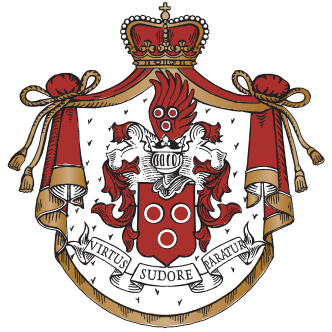

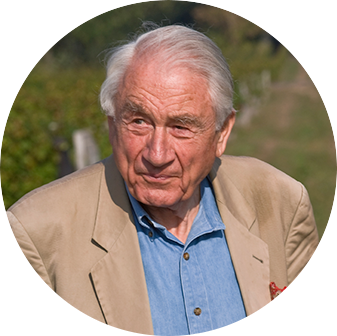
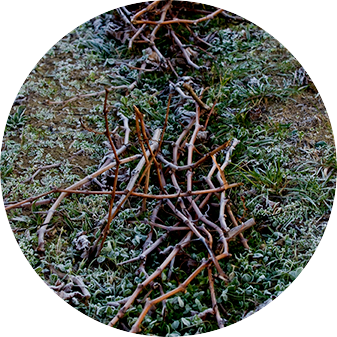
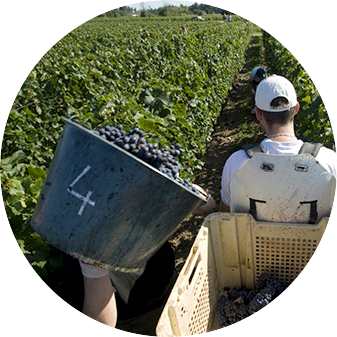
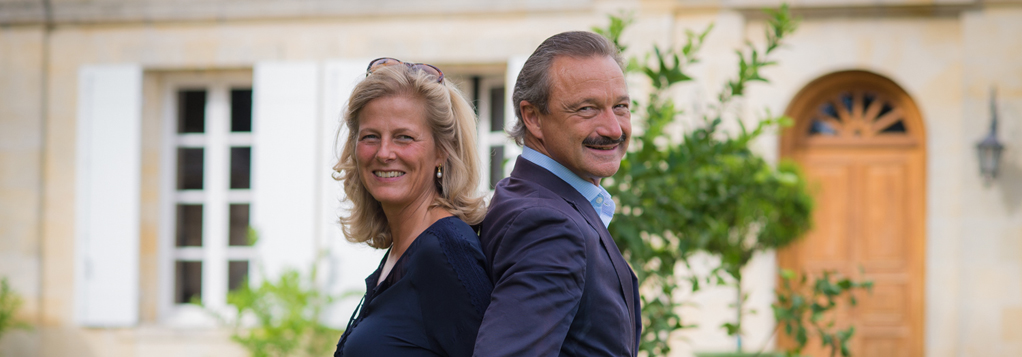
一个家族

自十三世纪起,冯纳博伯爵家族的命运便与葡萄种植紧密相连。
现在,Stephan von Neipperg先生管理着他父亲于七十年代初收购的多个波尔多右岸酒庄,他的工作饱含着激情和灵感。
与土地结下深厚渊源的家族下一代,已经开始准备续写这段家族的佳话!
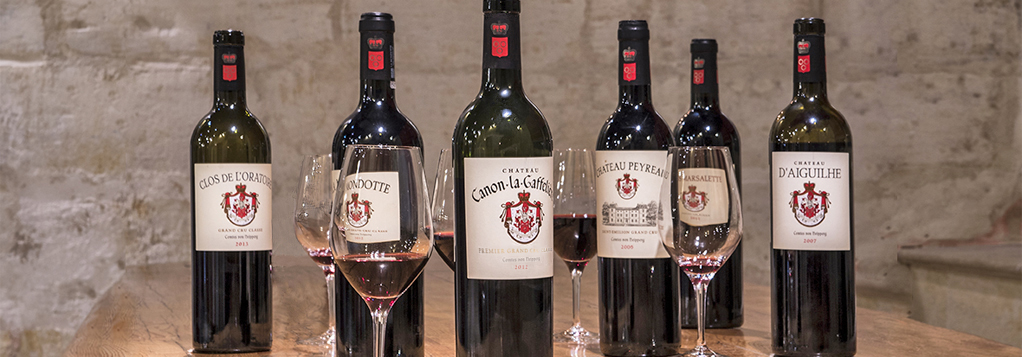
数座酒庄

Stephan 的父亲Joseph-Hubert von Neipperg伯爵先生于1971年收购了家侬凯芙酒庄和 La Mondotte酒庄,几个月后,又购入了罗哈拓酒庄和佩侯酒庄。
Stephan von Neipperg先生于1985年接手这些酒庄的管理工作,与他的工作团队共同努力,在兼顾开发其他风土的同时,开创了酒庄实至名归的辉煌。
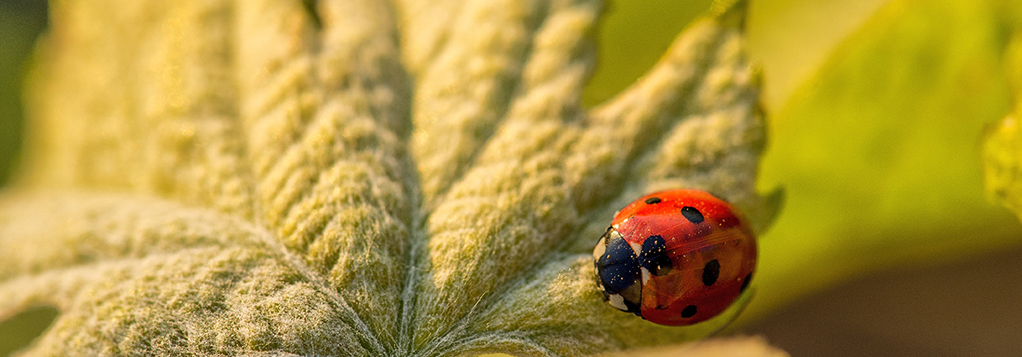
管理理念

Stephan von Neipperg先生到达家侬凯芙酒庄之后,随即进行了整体分析研究,确定了酒庄生产理念的基础:尊重不同风土的特质,追求各土地生态系统的自我平衡。
这一生态理念很快在1990年底获得了进一步的强化,这些努力的目标是为了留给后世的继承者一个健康和谐的植物生态,这才是家族最重要的传承。
最重要的事件
New in 2025
With 2025 just around the corner, we'd like to extend our very best wishes to all our future (and past) visitors.
The year's schedule of visits and tastings is now complete, with a few new features!
Our visitors will now be able to taste directly from the barrel to identify the specificities of our different grape varieties, or choose a horizontal tasting of the same vintage of our different crus to understand the suptility of our terroirs...
In short, these offers tailored just for you are available at our two chateaux open to the public : Château Canon La Gaffelière and Château d'Aiguilhe.
For more information: click on the VISIT page!

Ludovic von Neipperg, the new generation
In March 2021, Ludovic von Neipperg, Stephan's son, joined the family business as Technical Director. Following in his father's footsteps, Ludovic applies both traditional and innovative agro-ecological viticultural practices to the vineyards where he grew up.
On January 5, 2024, Ludovic von Neipperg was interviewed on the TV program “Le Grand Entretien” about the family business and the environmental and quality approach adopted by his elders over the past 40 years. Watch the full interview on our Youtube channel:
Le Grand Entretien with Ludovic von Neipperg by Michel Denisot
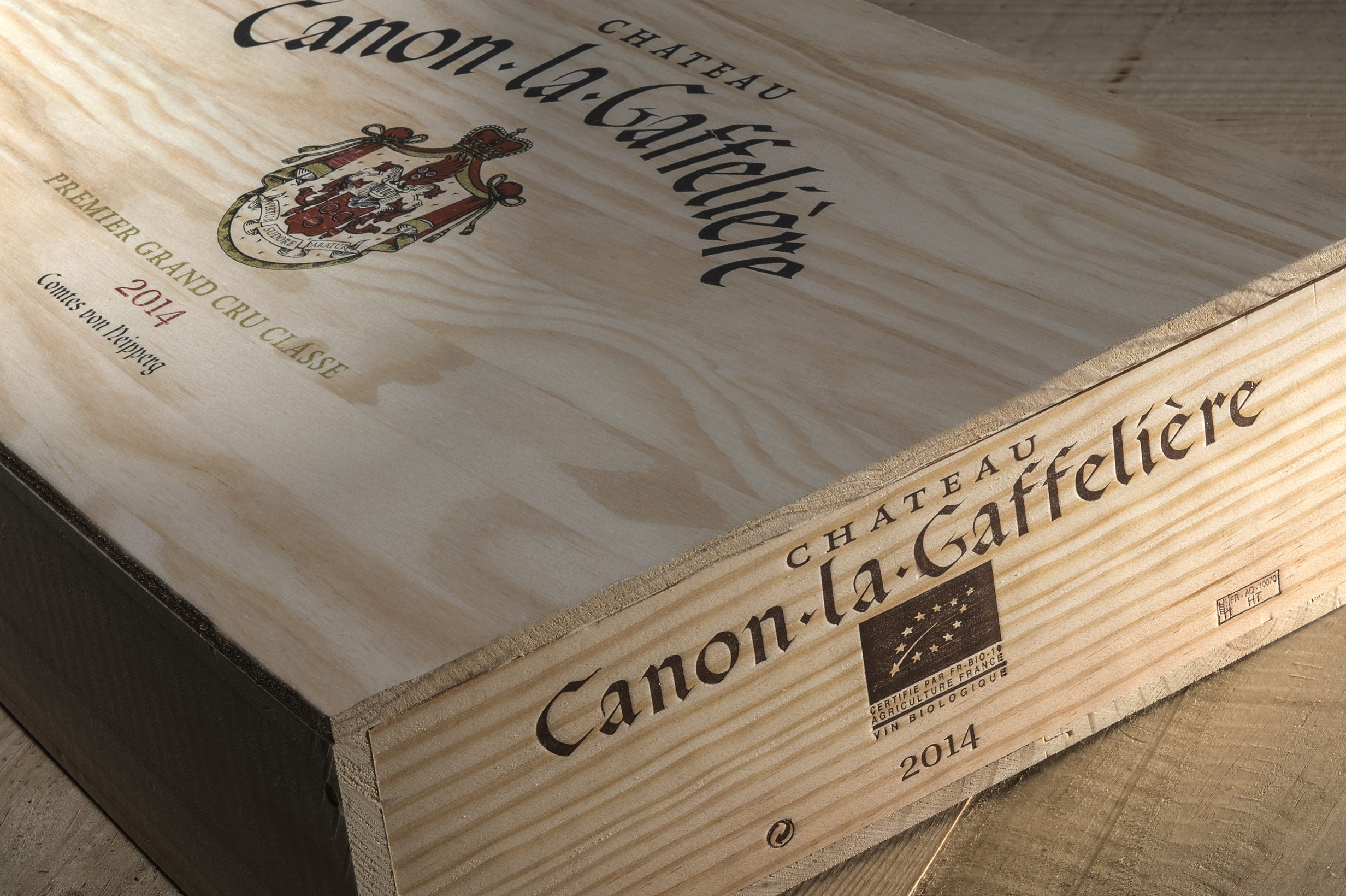
第一家并且获得了有机生态认证?是的,这在波尔多是有可能的!
2014年份葡萄酒即将在几周后结束它的陈酿……回顾一下家侬凯芙酒庄和La Mondotte酒庄获得有机生态农业认证的第一个年份!
Stephan von Neipperg先生到达家侬凯芙酒庄之后,随即进行了整体分析研究,确定了酒庄生产理念的基础:尊重不同风土的特质,探索每片土地生态系统的自我平衡。
自1988年开启的深入注重生态环境的工作思路非常迅速地在酒庄长期确立下来,以期能够给后代留下一份健康和谐的植物生态遗产,对Stephan von Neipperg先生来说,这才是家族最重要的永恒的传承。
上世纪90代末通过认真观察自然环境中的各个不同组成,我们不断调整改进葡萄种植管理工作,以便最大程度地尊重自然生态环境。每一项操作都根据一份详尽的分地块工作方案被严格规范出来。
观察与分析是冯纳博伯爵葡萄酒公司的基石,为此,自2006年起公司增设了一个名为研究与发展的专项工作岗位。
为重新获得生态多样性、焕发生命活力,酒庄进行了多年不懈的努力,这一切最终获得了成功和认可:2014年家侬凯芙酒庄和La Mondotte酒庄获得了FR-BIO-10级别(法国品质)有机生态农业认证。
这两座酒庄同时还获得了环境管理系统(SME)的 ISO 14001质量认证。
直到今天,家侬凯芙酒庄和La Mondotte酒庄仍然是波尔多产区红葡萄酒类一等列级酒庄中仅有的两家获得有机生态农业认证的酒庄。





